An international research project aims to develop methods to assess the value of historical structures in urban planning. The unusual name is an abbreviation of ‘Curating Sustainable URBAn Transformations through HERItage’ – CURBATHERI.
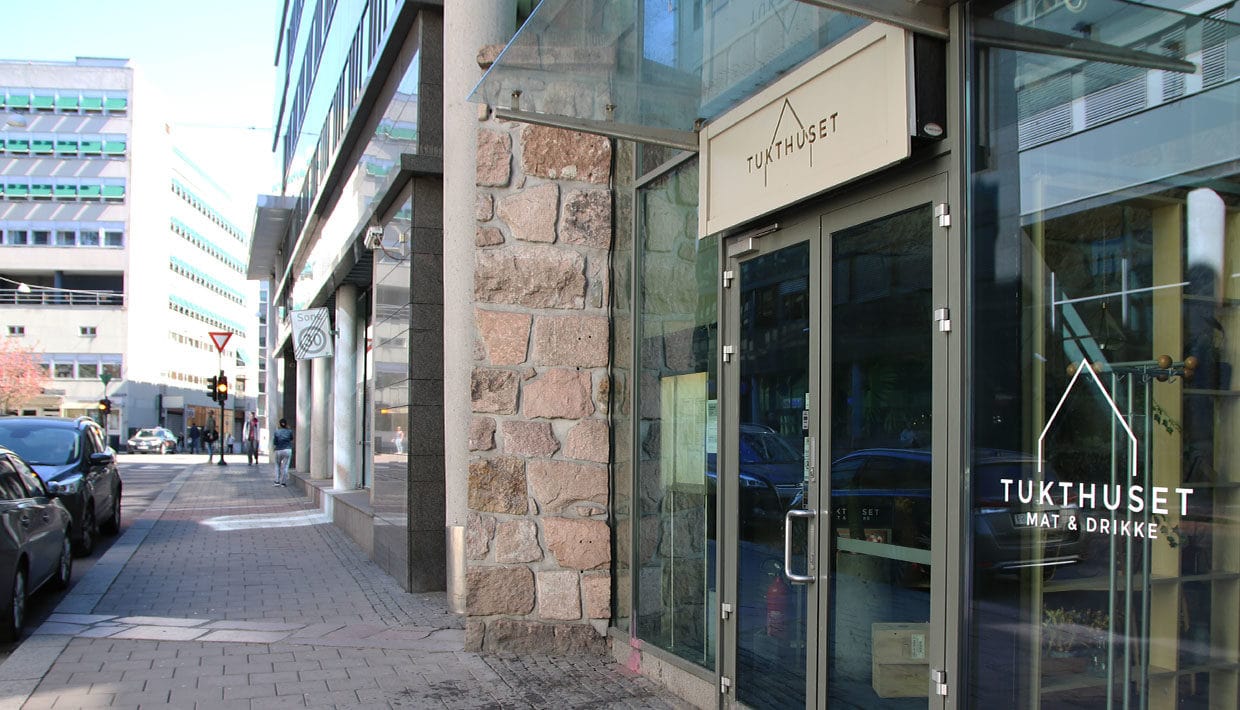

An international research project aims to develop methods to assess the value of historical structures in urban planning. The unusual name is an abbreviation of ‘Curating Sustainable URBAn Transformations through HERItage’ – CURBATHERI.
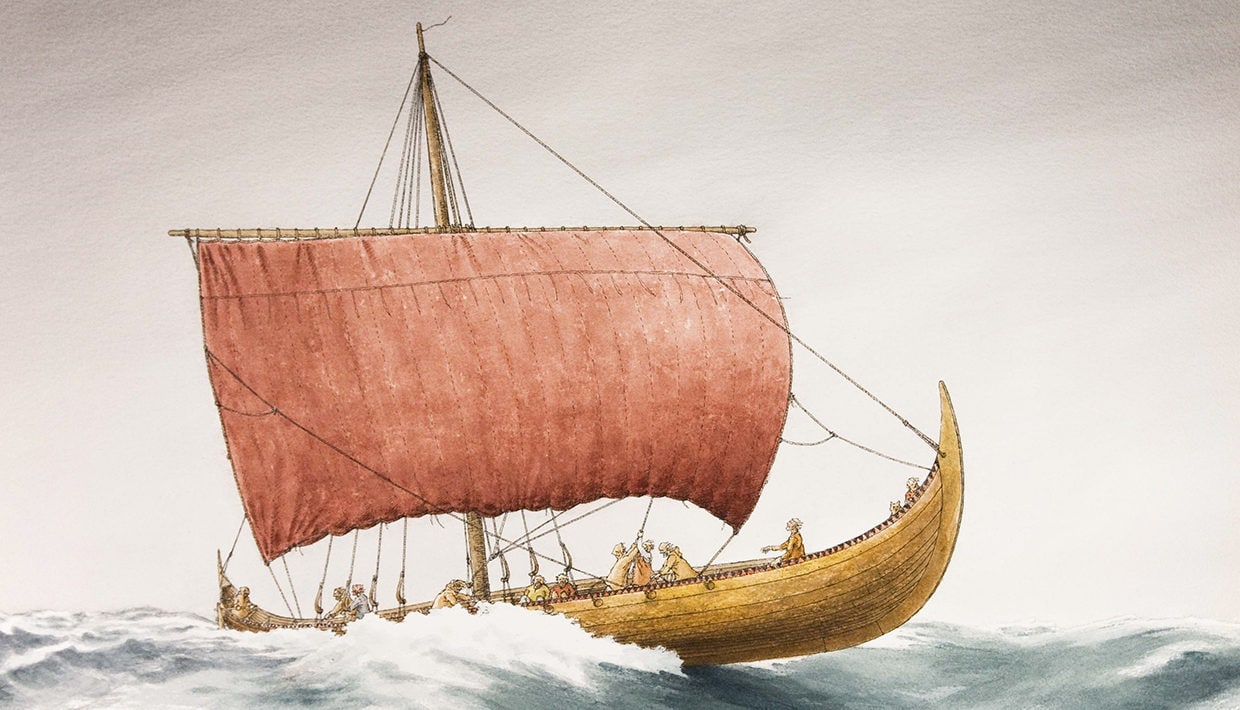
The Tune ship was found in 1867, but what it looked like and how it was used for has long been a mystery. 150 years after the discovery of the ship, archaeologist and researcher Knut Paasche has created a digital reconstruction of the ship that has revealed many of its mysteries.
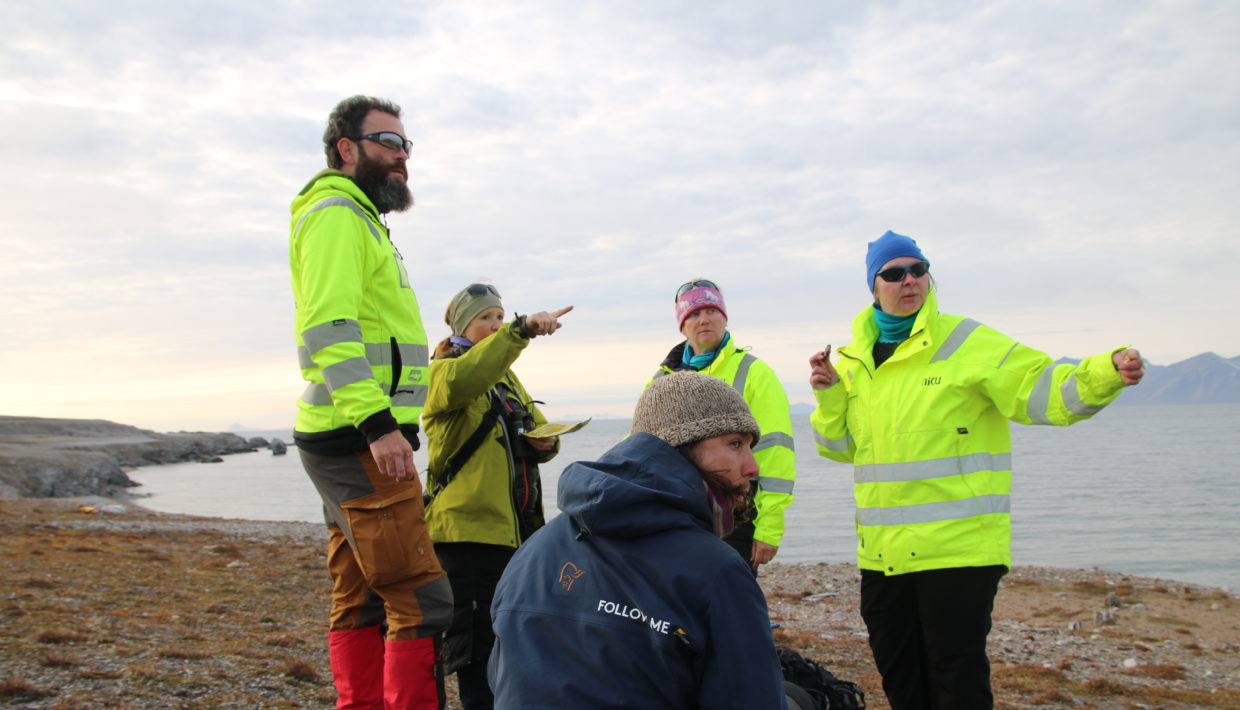
Coastal Erosion Affecting Cultural Heritage in Svalbard. A Case Study in Hiorthhamn (Adventfjorden)—An Abandoned Mining Settlement
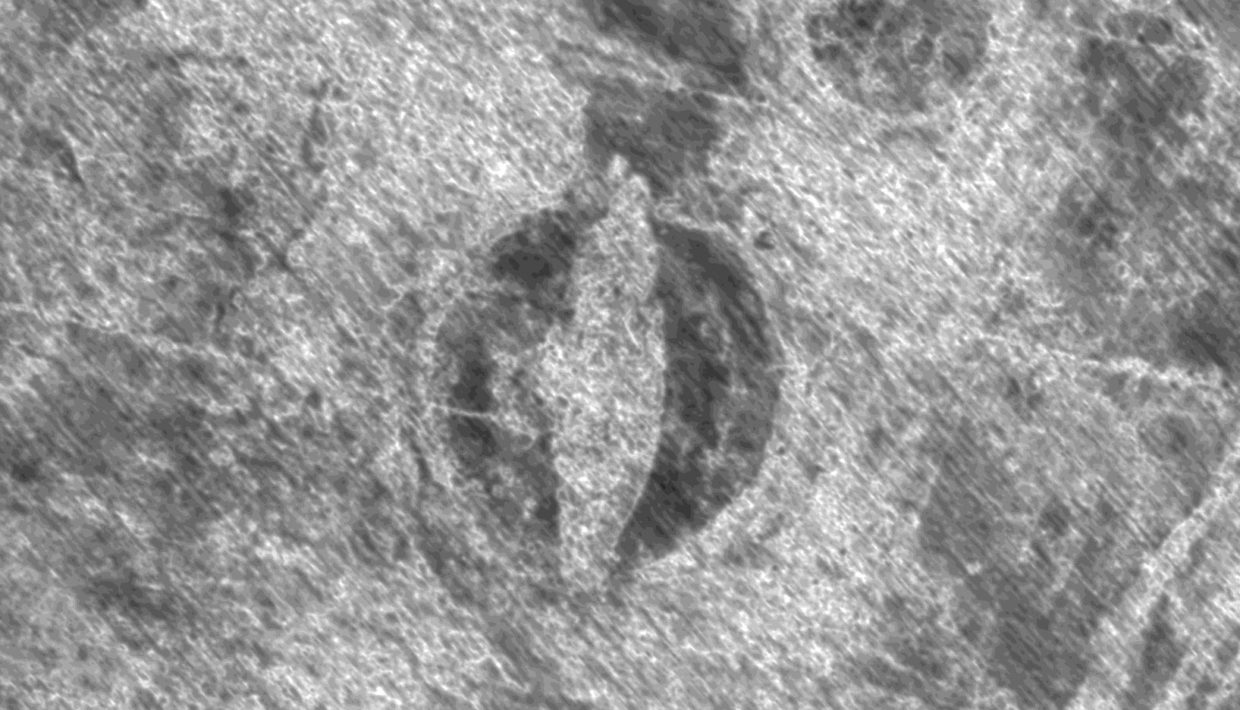
The Gjellestad Ship is quite clearly from the Viking Age, the Museum of Cultural History said today. “The investigations happily confirm our hypothesis from 2018, when we found the ship by ground-penetrating radar (GPR),” says Knut Paasche, head of NIKU’s department of digital archaeology.
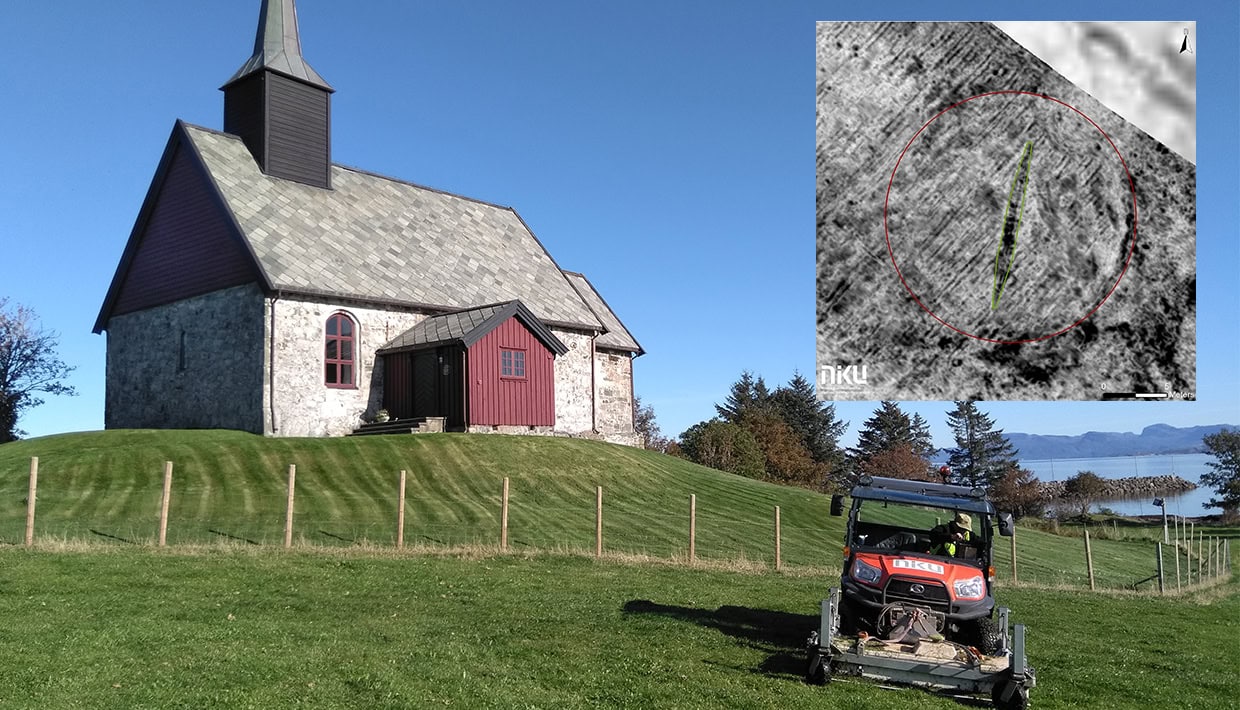
A high-resolution georadar has detected traces of a ship burial and a settlement that probably dates to the Merovingian or Viking Period at Edøy in Møre and Romsdal County in Norway.

In November 2019 NIKU researcher Torgrim Sneve Guttormsen spent two weeks as a visiting scholar at Australian National University (ANU), Canberra. As a part of this he held a seminar at Centre for Heritage and Museum Studies about on the heritage produced by the Vietnamese refugee diaspora following the Vietnam War.
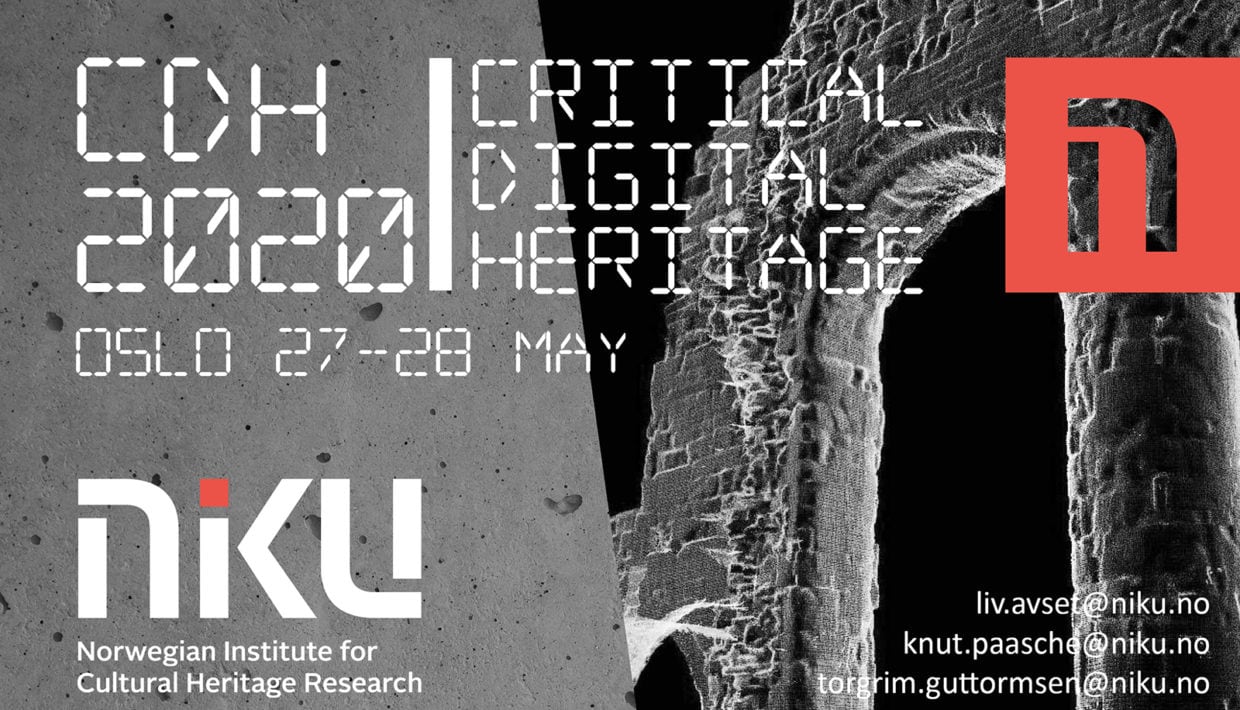
We urge contributors to demonstrate how the sessions’ topics may be discussed through a variety of methods and theoretical approaches from different disciplines.
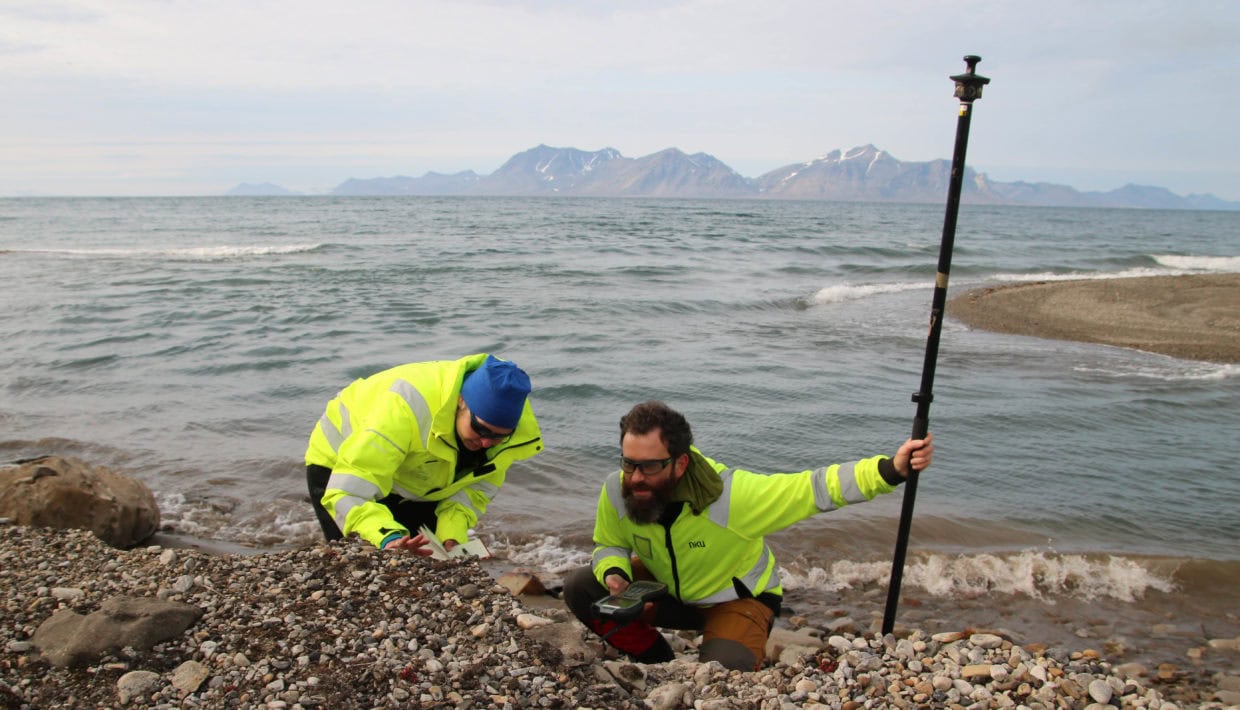
But the grave and the story behind it is already disappearing in the fjord.

Next week archaeologists will open trenches at the site of the Gjellestad Ship.
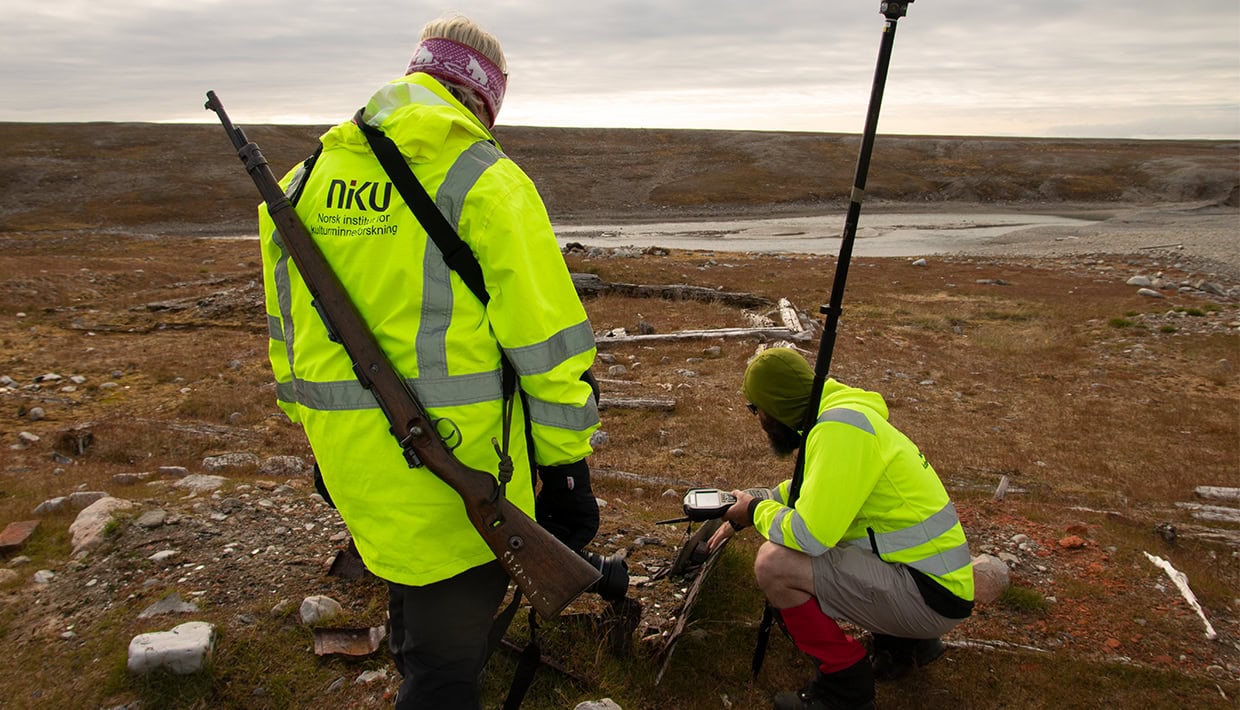
A group of scientists recently returned from Svalbard after investigating how to monitor, manage and preserve Cultural Heritage in the Arctic.
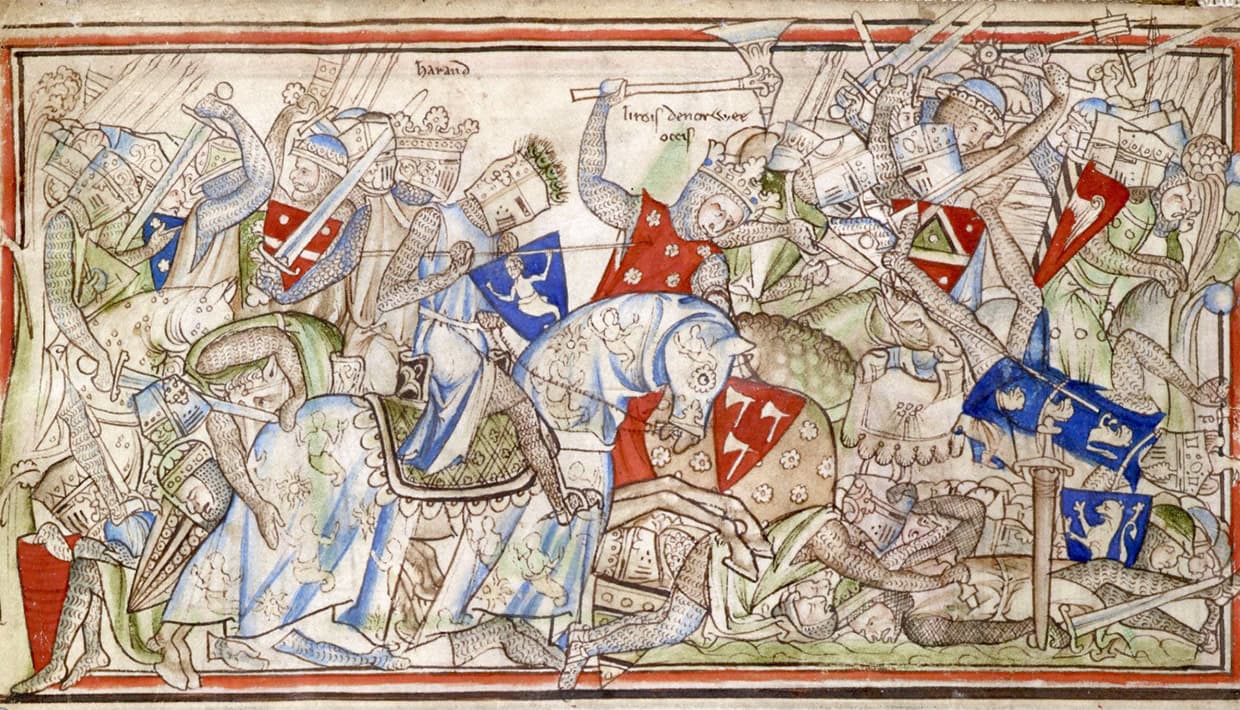
Archeologists have located what appears to be a burial chamber underneath the pavement in a residential area of Trondheim, Norway. They will now examine if this could be the last resting place of the Viking king Harald Hardrade.

Researchers from NIKU have published a new article on the means and approaches Norwegian museums use to involve immigrants in museum work and how they include the stories and experiences of modern migrants in their collections.